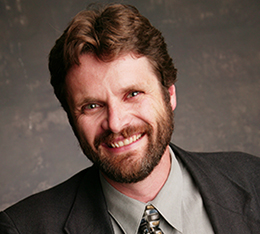Last month the state Department of Finance held meetings in Los Angeles, Sacramento, Fresno, and San Mateo to get input on improving special education, the state’s largest K–12 categorical program. The Department of Finance asked PPIC to kick off these meetings with a presentation of findings and recommendations from our recent report on special education financing. The report calls for folding state special education funding into California’s new Local Control Funding Formula as a means of improving local flexibility and accountability. Currently, state and federal funds are distributed to regional administrative entities known as Special Education Local Planning Areas (SELPAs).
The one consistent theme at the public meetings was a call for more money from local educators and parents. Beyond that point of agreement, though, these discussions did not lay out a clear path for the state to follow in its effort to improve services for disabled students.
Our report is not the only one to call for major changes in special education. A study published by the Statewide Task Force on Special Education in 2015 concluded that California’s special education program suffers from “systemic dysfunction.” It says that, too often, students miss opportunities to grow because they are served in separate programs outside the regular classroom. The task force encourages changes at both the state and local level to integrate special education with the programs that serve nondisabled students. The report also recommends earlier services to children with disabilities, an integrated state and federal accountability system for special education, and more funding for local programs.
The Department of Finance staffers made it clear that the reports were a starting point, and that they were looking for suggestions about how to make special education more effective and efficient. Many who attended the meetings argued that special education is underfunded by both the state and federal government. Many also commented on the need to improve the way infant and preschool services for children with disabilities are funded.
PPIC’s recommendation to send funds to districts rather than SELPA was mostly opposed by the educators, parents, and administrators who spoke at the meetings. These participants often voiced support for SELPAs, and worried that our recommendations would hurt small districts or the network of regional services that SELPA funding supports. Larger districts, on the other hand, noted that they may bear a disproportionate cost of these small district subsidies and regional services. Several parents also voiced concerns about the proposed shift in funding, because they believe district administrators are less supportive than SELPA staff.
The meetings demonstrated the difficulty of developing a funding system that will be effective in every district in our large and diverse state. They underscore the logic behind the Local Control Funding Formula: Improving performance requires giving school districts greater control over critical program and funding decisions, but that control must be balanced by a broad accountability system and monitored by parent and community oversight. As we argued in our report, only school districts can address the systemic dysfunction of California’s system, and the state needs to give them the control and accountability to do so.
With the March outreach meetings concluded, the ball is in the Brown administration’s court. It will be worth watching whether the governor proposes any program changes during budget discussions later this year or in next year’s budget.
Read the report Special Education Finance in California




